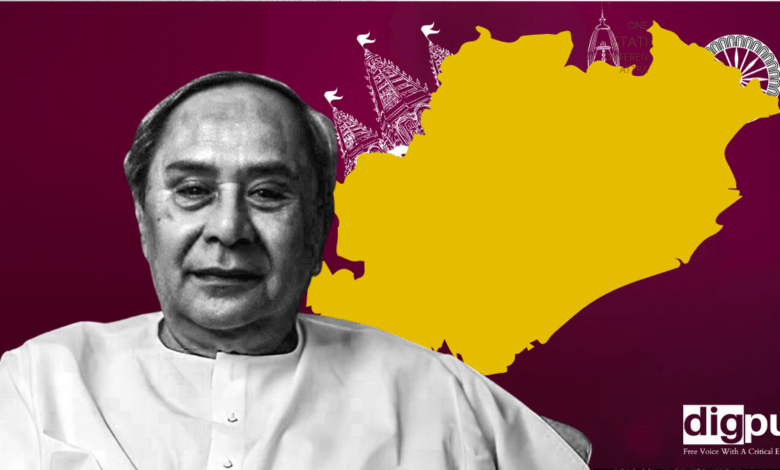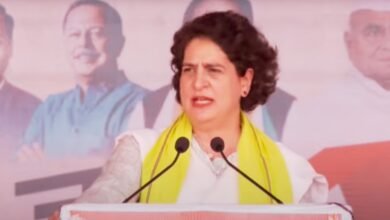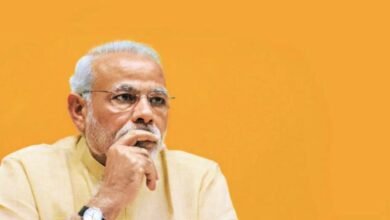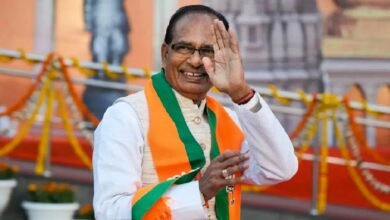Look at Odisha and its “Indianised model of development” that has set the bar high for the rest of the country!
Odisha's rag-to-riches story powered by Naveen Patnaik's visionary leadership has transformed the dawn of the 21st century into the doom of Odisha's poverty.

In 1985, all of India felt agitated when the heart-wrenching tale of Phanas Punji made it into national television. Phanas, a resident of the Ainlapalli Village of Kalahandi, Odisha, was compelled to sell her two-year-old sister-in-law for Rs. 40 to save the lives of her two starving children!
The tale of such acute destitution spread like wildfire, and soon Phanas got personified as Odisha’s poverty. The then Prime Minister Rajiv Gandhi flew to Odisha to meet this lady, and the local MLA, Kapil Narain Tiwary, said, “Here, children are sold cheaper than Chanas (legumes)!”
Fortunately, today, if you were to meet Phanas, your perception of Odisha’s poverty would change as she gets found with not just sufficient food to feed her family but also decent clothes and jewellery. She is the breathing embodiment of Odisha’s remarkable tale of economic rebound.
The person at the helm of this enigmatic transition is the state’s Chief Minister, Shri Naveen Patnaik, whose policies and welfare schemes have gone a long way in establishing Odisha as a model to alleviate India’s poverty!
What was the extent of Odisha’s poverty?
For centuries, Odisha got ruled by non-Odia superpowers. The Nawaabs of Bengal, followed by the Mughals, Marathas, and the British, had all utilised Odisha and spent a little to alleviate the miseries of the locals. Odisha retaliated against the British atrocities through the valorous Paika revolt in 1817, following which the British dimmed the chances of further rebellion by dividing the Odia territory among the Bengal, Central and Madras presidencies.
Odisha’s geographical location puts it under extreme distress as sporadic rainfall and severe cyclones emerging from the Bay of Bengal have continued to hurt its chances of recovery since time immemorial. In 1831, a horrific cyclone literally uprooted the livelihood of Odisha’s native salt manufacturers in its coastal regions. When the grave famine of 1866 claimed the lives of 27% of Odisha’s population, the British shamelessly increased the export of food grains from Odisha by a whopping sixfold!
Odisha’s tale of poverty continued well after India’s independence as central government policies like the Freight Equalisation Policy 1952 made India’s western states prosper at the cost of the eastern states’ destitute. The infamous K-B-K (Kalahandi-Balangir-Koraput) corridor of Odisha received the tag “starvation corridor” due to the widespread poverty and hunger prevalent here despite it being territorially rich in minerals and resources.
In 1999, Odisha was labelled as India’s poorest state, with a whopping 47% of its population living in abject poverty. This state lacked even the resources to pay off the salaries of its employees and was crumbling under severe debt. In 1998, even the RBI refused to grant further loans to the Odisha government as it stood on the verge of insolvency.
Odisha had sufficient reasons to blame its lack of development on its past. However, CM Naveen Patnaik, aided by a group of honest and industrious bureaucrats, called it quits with widespread corruption and structural inadequacies. The dawn of the 21st century became the doom of Odisha’s poverty!
The bottom-up approach of the Odisha government:
The first structural remedy employed by the Patnaik government was the privatisation of power (electricity, coal, etc.) to redeem the state from the burden of recurring losses and debts. Odisha became the first Indian state to revamp its electricity distribution system.
Between the 1990s and 2000s, Odisha had the highest debt-to-GDP ratio, and its government spent 98% of its resources and capital on salaries and allowances for its employees. Such was the burden of debt on Odisha that the government had to borrow Rs. 424 to invest every Rs. 100! Naveen Patnaik issued a circular that stopped further recruitment of government officers (who worked a little in comparison to their excessive salaries) and cleared vacancies to curb excessive revenue expenditure.
The government introduced new taxes like ‘Entry tax’ and ‘Profession tax,’ which inundated the state treasury without taking a toll on the impoverished section of its population.
Several welfare schemes, like the “Mission Shakti,” directly invigorated the masses by empowering women as active proponents of Odisha’s growth model. Mission Shakti, a brainchild of Naveen Patnaik, has set up more than six lakh women-led SHGs (Self Help Groups) that empower over 70 lakh women in Odisha. Through this scheme, Odia women have accessed financial and technical assistance from the government to set up their businesses.
Today, in Koraput alone, the monthly income of women has spiked up to Rs. 17,000 owing to the Mission Shakti scheme. The Naveen Patnaik government offers Subsidised food grains at Re. 1/kg, and this has significantly diminished the malady of starvation in the backward regions of the state.
There has been a phenomenal change in Odisha’s Disaster Risk Reduction System, as the government employs state-of-the-art machinery to efficiently communicate with the locals about ensuing disasters like storms and famine. While in 1999, Odisha lost ten thousand lives to a super-cyclone, in 2013, the government aptly relocated 10 lakh people out of the risk-prone zones during a similar cyclone, and the death toll remained at 21 only!
What can we learn from Odisha?
The Patnaik government effectively tackled the malady of bureaucratic corruption by making the prospect of ‘transfer and posting’ more transparent and uploading all relevant data online. Today, top bureaucrats in Odisha say, “It is a golden age for bureaucracy as we can work freely without any pressure.“
The cumulative effect of all this has propelled Odisha to astounding heights. Odisha’s GDP growth rate, literacy, and education are all significantly above the national average. Today, Odisha has the lowest debt-to-GDP ratio and has witnessed the steepest decline in poverty (among all states) over the past few years!
Naveen Patnaik and BJD (Biju Janata Dal) have never shied away from flaunting a secular and inclusive ideology, and they keep winning in the state without any fear-mongering but solely based on their welfare schemes and development. Odisha’s story is rife with potential and lessons for most other states in India. Despite getting sidelined for centuries, it has emerged as a pioneer and a role model of good governance across the country.








True to the core. Good luck to Odisha. I have also read about Vision 2036 of Naveen Patnaik, 100 years to formation of modern day Odisha – the linguistic province on basis of common language – Odia.